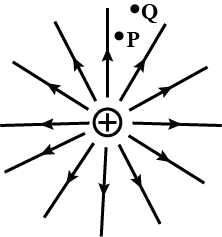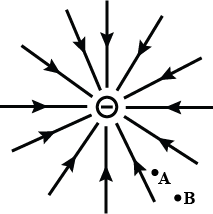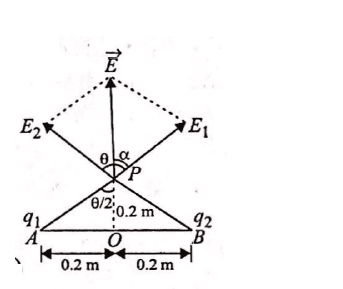NEET Exam > NEET Tests > Test: Potential due to a System of Charges (NCERT) - NEET MCQ
Test: Potential due to a System of Charges (NCERT) - NEET MCQ
Test Description
5 Questions MCQ Test - Test: Potential due to a System of Charges (NCERT)
Test: Potential due to a System of Charges (NCERT) for NEET 2024 is part of NEET preparation. The Test: Potential due to a System of Charges (NCERT) questions and answers have been prepared
according to the NEET exam syllabus.The Test: Potential due to a System of Charges (NCERT) MCQs are made for NEET 2024 Exam.
Find important definitions, questions, notes, meanings, examples, exercises, MCQs and online tests for Test: Potential due to a System of Charges (NCERT) below.
Solutions of Test: Potential due to a System of Charges (NCERT) questions in English are available as part of our course for NEET & Test: Potential due to a System of Charges (NCERT) solutions in
Hindi for NEET course.
Download more important topics, notes, lectures and mock test series for NEET Exam by signing up for free. Attempt Test: Potential due to a System of Charges (NCERT) | 5 questions in 5 minutes | Mock test for NEET preparation | Free important questions MCQ to study for NEET Exam | Download free PDF with solutions
Test: Potential due to a System of Charges (NCERT) - Question 1
Figure shows the field lines of a positive point charge. The work done by the field in moving a small positive charge from Q to P is


Detailed Solution for Test: Potential due to a System of Charges (NCERT) - Question 1
Test: Potential due to a System of Charges (NCERT) - Question 2
Figure shows the field lines of a point negative charge. In going from B to A, the kinetic energy of a small negative charge will


Detailed Solution for Test: Potential due to a System of Charges (NCERT) - Question 2
| 1 Crore+ students have signed up on EduRev. Have you? Download the App |
Test: Potential due to a System of Charges (NCERT) - Question 3
Two tiny spheres carrying charges 1.8 μC and 2.8μC are located at 40 cm apart. The potential at the mid-point of the line joining the two charges is
Detailed Solution for Test: Potential due to a System of Charges (NCERT) - Question 3
Test: Potential due to a System of Charges (NCERT) - Question 4
In the question number 18, the potential at a point 20cm from the mid-point of the line joining the two charges in a plane normal to the line and passing through the mid-point is
Detailed Solution for Test: Potential due to a System of Charges (NCERT) - Question 4
Test: Potential due to a System of Charges (NCERT) - Question 5
Four equal charges q each are placed at four corners of a square of side a each. Work done in carrying a charge −q from its centre to infinity is
Detailed Solution for Test: Potential due to a System of Charges (NCERT) - Question 5
Information about Test: Potential due to a System of Charges (NCERT) Page
In this test you can find the Exam questions for Test: Potential due to a System of Charges (NCERT) solved & explained in the simplest way possible.
Besides giving Questions and answers for Test: Potential due to a System of Charges (NCERT), EduRev gives you an ample number of Online tests for practice
Download as PDF

























